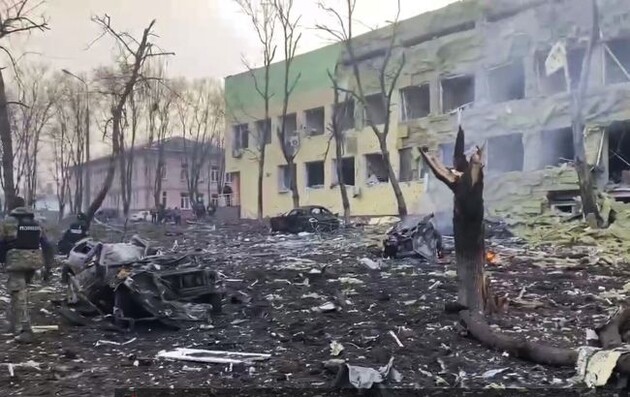Statistics of shelling of Ukrainian hospitals and ambulances by Russian troops are growing.

The occupying troops of the Russian Federation continue to shell Ukrainian healthcare facilities and there are all signs that the fire is being aimed at. Of the 274 such hospitals, 13 have been completely destroyed, and 70 ambulances have already been shut down by shelling, machine guns and mines. This was announced during a national telethon by the head of the Ministry of Health Viktor Lyashko. He also cited statistics on human losses among medical staff:
“6 medical workers were killed, 20 are now seriously injured. These are all consequences of the war, the terrorist actions of the Russian Federation in Ukraine.”
Despite the difficult situation, hospitals continue to operate, providing the necessary assistance to residents of military-affected cities. Funds for hospitals under the medical guarantee program for March have been paid in full, the head of the Ministry of Health assured. Where possible, pharmacies have resumed operations.
“Manufacturers assure us that there were no grounds for price increases in March, in April we will reconsider, as there are gas prices, there are logistics issues, we will monitor and control that there is no increase in prices for drugs included in the national list of drugs. funds – drugs that are most often used to prevent diseases or their further development, “said the Minister.
Shelling of the maternity hospital in Mariupol
One of the most high-profile cases was the shelling of a maternity hospital and children's hospital in Mariupol on March 9. Three people died then, including a child. 17 people were injured. Most of the world's media flew around the photo of Ukrainian photographer Yevhen Maloletka, who captured a woman who was injured during these events. As it turned out, they turned out to be deadly.
View this post in Instagram
Earlier we reported that the destruction in Mariupol is enormous – according to preliminary estimates, about 80% of the city's housing stock is destroyed, of which almost 30% – can not be restored.


